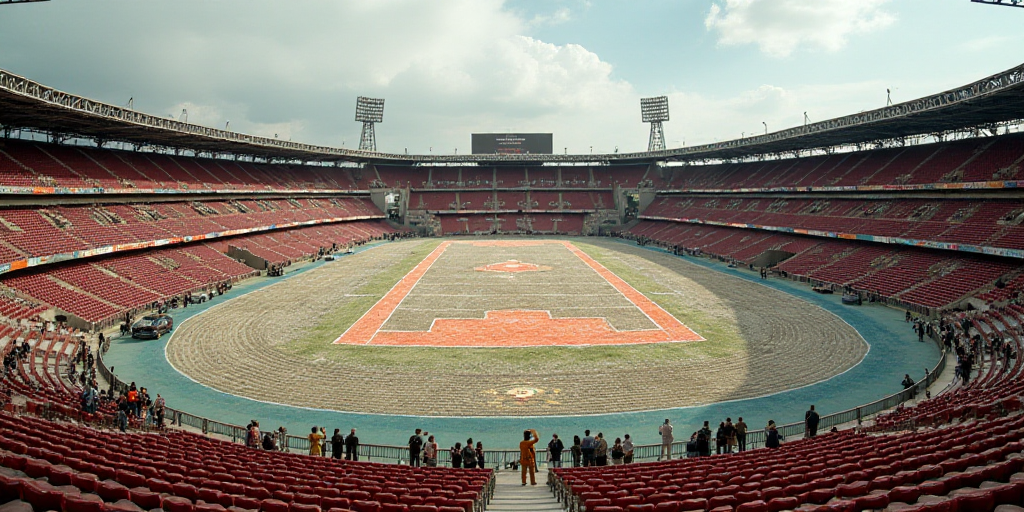Introduction
The 2026 FIFA World Cup, set to be hosted across Canada, Mexico, and the United States, faces significant climate challenges according to a new study. The report, titled “Fields in Danger,” highlights the risks of extreme weather conditions that could jeopardize 10 out of 16 proposed venues due to high-stress thermal conditions.
Climate Change Impact on Stadiums
By 2050, nearly 90% of North American stadiums will need to adapt to extreme heat, with one-third facing water scarcity issues. The report also warns about the risks for venues in the 2030 and 2034 World Cups, examining the impact of rising temperatures on grassroots football fields where 18 famous players once trained.
Relevance of Juan Mata
Spanish World Cup winner Juan Mata, referring to the devastating floods in Valencia last year, stated, “As a Spaniard, I cannot ignore the climate crisis. Football has always brought people together, but now it also serves as a reminder of what we stand to lose.”
Recent Warnings from FIFA World Club Championship
The 2023 FIFA Club World Cup in the United States provided a concerning preview, with players describing conditions as unbearable due to extreme heat and storms. In response, FIFA adjusted protocols by incorporating breaks for hydration, shaded seating areas, and fans.
Venue-Specific Climate Risks
According to the report, 14 out of 16 World Cup venues in the US, Canada, and Mexico exceeded safety thresholds for at least three major climate risks—extreme heat, heavy rainfall, and flooding—by 2025.
- Atlanta, Dallas, Houston, Kansas City, Miami, and Monterrey experienced temperatures surpassing the FIFA’s safe break threshold for at least two months annually.
- Dallas and Houston face over 30 days per year with a Wet Bulb Globe Temperature (WBGT) of 35°C, recognized as the human adaptability limit to extreme heat by climate scientists.
- Dallas experiences 31 such days, while Houston faces 51.
These climate risks extend beyond elite stadiums, affecting the childhood training grounds of prominent footballers like Mo Salah and William Troost-Ekong, who could face excessive heat exposure in the coming decades.
Recommendations for Climate Action
The 96-page report urges football businesses to commit to achieving net-zero emissions by 2040 and publish credible decarbonization plans. It also calls on tournament organizers to establish adaptation funds.
Remarkably, 91% of the 3,600 fans surveyed in the three host countries expressed a desire for the 2026 World Cup to be a sustainability model.
Key Questions and Answers
- What is the main concern regarding the 2026 World Cup? Extreme heat poses a significant threat to venue safety and player well-being.
- Who is Juan Mata, and why is his opinion relevant? Juan Mata is a Spanish World Cup winner who emphasizes the climate crisis’s impact on football, highlighting the need for action.
- What adjustments did FIFA make to tournament protocols due to climate concerns? FIFA introduced hydration breaks, shaded seating areas, and fans to combat extreme heat during the 2023 Club World Cup.
- How many stadiums are at risk due to climate change by 2050? Almost 90% of North American stadiums will need to adapt to extreme heat by 2050.
- What percentage of stadiums in the 2026 World Cup host countries exceed climate safety thresholds? By 2025, 14 out of 16 proposed venues surpassed safety thresholds for extreme heat, heavy rainfall, and flooding.






